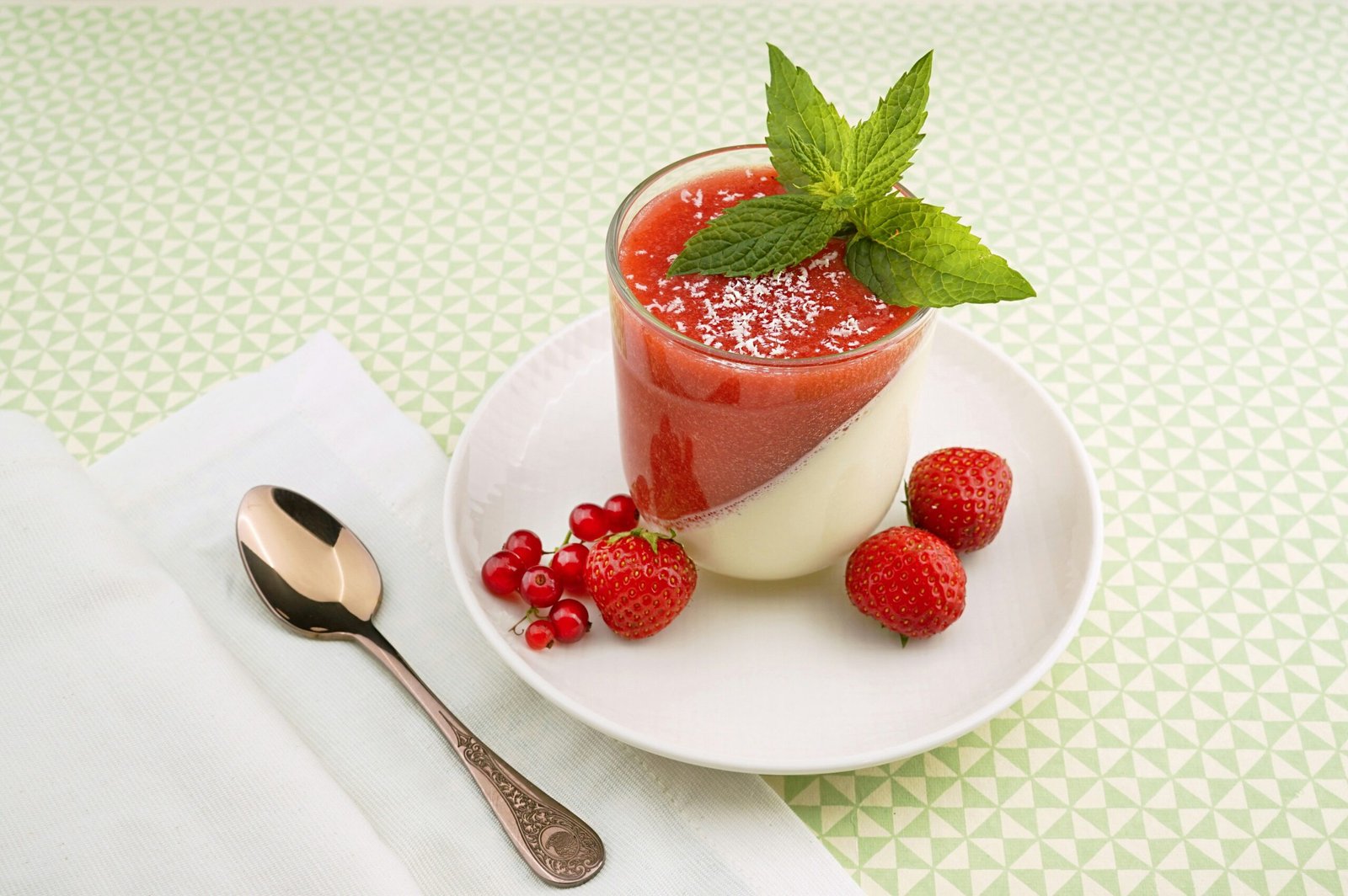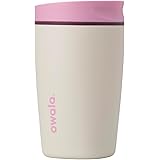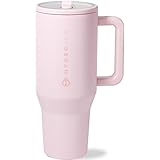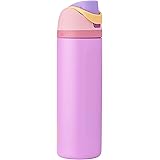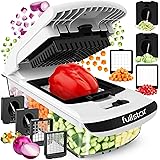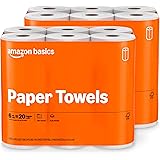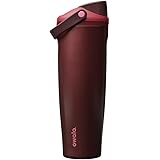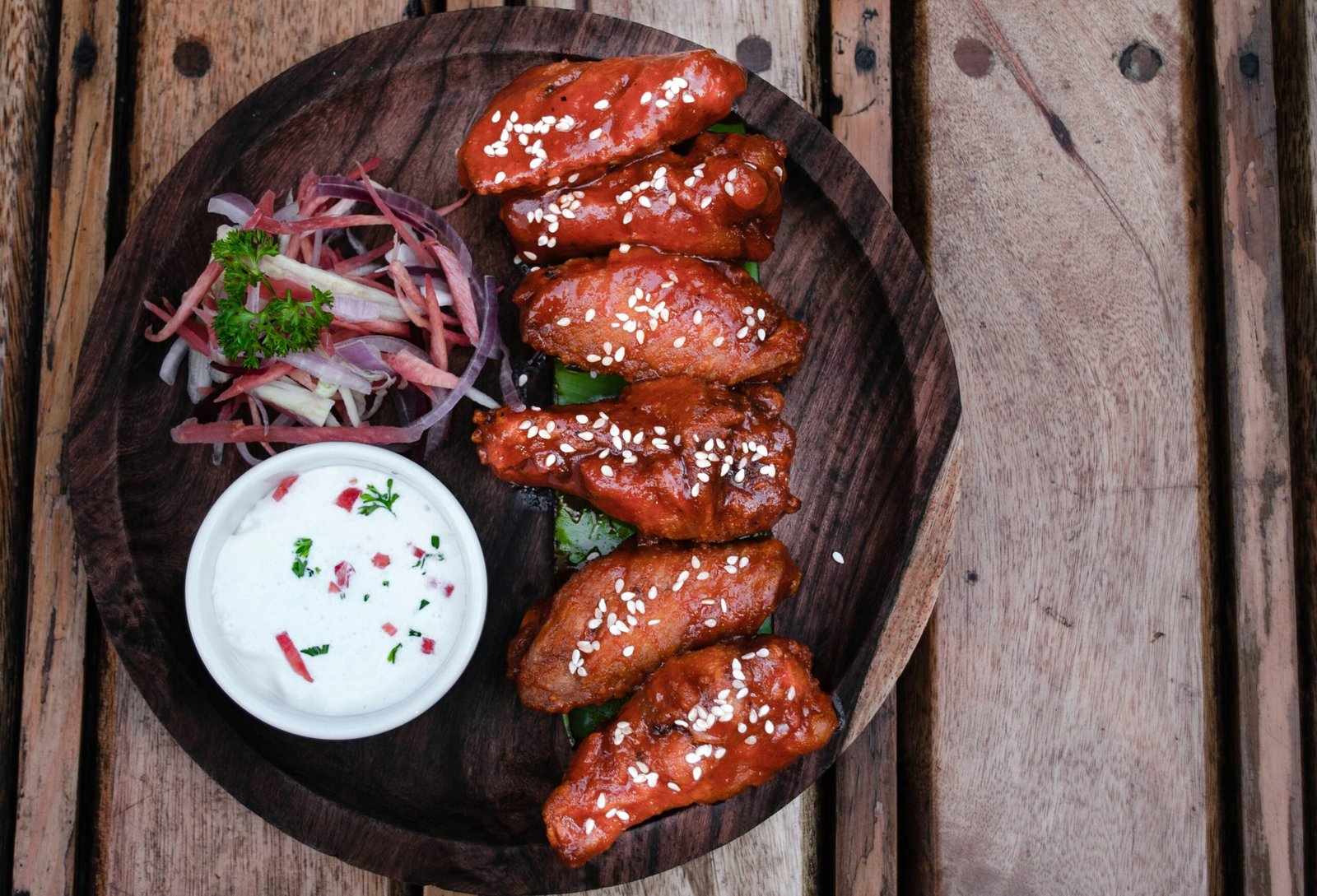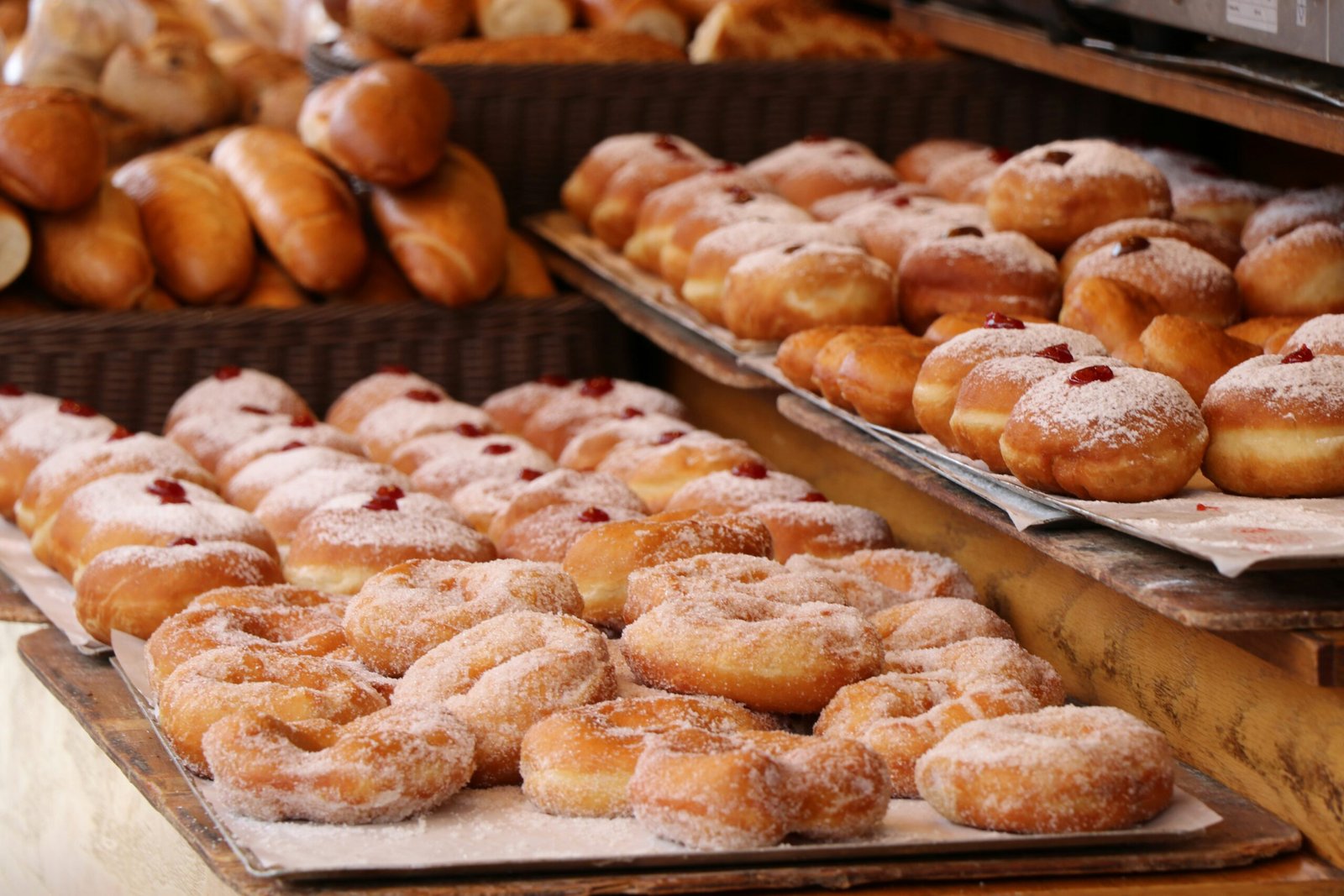Introduction to Lokshen Kugel
Lokshen Kugel, a beloved dish within Ashkenazi Jewish cuisine, stands as a delightful sweet noodle pudding traditionally associated with the celebration of Hanukkah. With its origins tracing back to Eastern European Jewish communities, this dish has woven itself into the cultural fabric of Jewish culinary tradition. The term “lokshen,” derived from the Yiddish word for noodles, and “kugel,” which translates to “pudding,” aptly describes this comforting meal that combines egg noodles with a medley of sweet ingredients.
As an integral part of Jewish holiday feasts, Lokshen Kugel represents more than just a dish; it symbolizes the warmth and richness of family gatherings. Its significance during Hanukkah lies in its ability to evoke a sense of nostalgia and connection to tradition, as families often share these recipes passed down through generations. The preparation of Lokshen Kugel typically involves mixing cooked noodles with a sweet custard made from eggs, sugar, and various flavorings such as vanilla and cinnamon. Some variations even incorporate fruit or raisins, further enhancing the flavors.
Interestingly, Lokshen Kugel is not restricted solely to Hanukkah celebrations; it frequently graces Shabbat tables and festive occasions year-round. The dish highlights the versatility of noodles in Jewish cooking, as they are often enjoyed in various forms, including savory kugels. Anecdotal evidence suggests that families have their unique takes on the recipe, infusing it with distinctive regional flavors or personal touches, making each Lokshen Kugel a cherished reflection of family heritage.
During the Festival of Lights, families gather to remember the miracle of Hanukkah, and Lokshen Kugel often takes center stage at the table, cherished for its deliciousness and its deep-rooted connection to cultural identity. As we explore the intricacies of this classic dish in the following sections, we will uncover recipes and tips to create your perfect Lokshen Kugel, embracing both tradition and innovation.
Origin and History of Lokshen Kugel
Lokshen Kugel, a traditional Jewish dish, has its roots steeped in the rich culinary heritage of Jewish communities throughout Europe. The name ‘Kugel’ comes from the German word for ‘sphere’ or ‘ball,’ indicating its origin in the Southern German Jewish cuisine during the Middle Ages. Over the centuries, this comforting dish evolved, incorporating various ingredients and regional flavors, transforming into the beloved Lokshen Kugel recognized today.
Traditionally, Lokshen Kugel was made using egg noodles—’lokshen’ in Yiddish—combined with other staple ingredients such as eggs, sugar, and dairy products. The dish’s versatility allowed for numerous adaptations, fostering a variety of regional interpretations. In Eastern Europe, for example, fruit-filled kugels became popular, often incorporating apples or raisins to enhance sweetness. In contrast, other areas embraced savory versions, utilizing cheese, vegetables, and spices. This diversity not only contributes to its unique taste but also reflects the different cultural influences within the Jewish diaspora.
Interestingly, Lokshen Kugel holds significant cultural meaning beyond its taste. It symbolizes comfort and joy, often served during festive occasions such as Hanukkah, Passover, and family gatherings. The preparation of kugel brings together families, where recipes are passed down through generations, preserving tradition and heritage. Preparing Lokshen Kugel is more than creating a dish; it is an act of remembrance, connecting present generations to their ancestors and the shared joy of festive meals.
Thus, Lokshen Kugel is not merely a staple of Jewish cuisine; it is a cherished emblem of the rich history and traditions of the Jewish people. Over time, it has become a beloved centerpiece in festive feasts, bringing a sense of warmth and togetherness to those who indulge in it.
Ingredients for Lokshen Kugel
To prepare a traditional lokshen kugel, you will need the following ingredients, which contribute to the dish’s rich flavor and delightful texture. The primary ingredient is egg noodles, which can be found in most grocery stores. A 12-ounce package of wide egg noodles is ideal; however, if you prefer, you can explore different brands or even fresh egg noodles if available.
Next, you will require 4 large eggs. The freshness of the eggs enhances the kugel’s texture. Aim for organic or farm-fresh eggs for the best flavor. Additionally, you will need 1 cup of cottage cheese. Opt for a good quality cottage cheese, preferably full-fat, for a creamier consistency. This ingredient is essential for providing that classic creaminess beloved in lokshen kugel.
Next, gather 1 cup of sour cream, which adds richness to the dish. Similar to the cottage cheese, choosing a full-fat version is preferred to achieve a velvety texture. Additionally, you will need 1 cup of granulated sugar; this sweetness will balance the savory elements of the kugel. Moreover, consider adding 1 teaspoon of vanilla extract for an aromatic depth and 1 teaspoon of cinnamon for a warm, inviting flavor. Ground cinnamon can easily be found in the spice aisle of most supermarkets.
Furthermore, you will require ½ cup of melted butter, which can be unsalted but should be of good quality to elevate the overall flavor of the dish. Finally, don’t forget about the optional ingredients: raisins or dried cranberries, which can add a touch of sweetness and chewiness, complementing the overall texture of the lokshen kugel. Aim for approximately 1 cup if you choose to include them. With these ingredients assembled, you are ready to create a delectable lokshen kugel that is sure to be a festive highlight for any Hanukkah celebration.
Step-by-Step Cooking Instructions
Preparing Lokshen Kugel is a simple yet rewarding process that results in a delicious dish perfect for sharing during Hanukkah celebrations. This recipe serves approximately 8-10 people and requires a total of 1 hour and 30 minutes, which includes a preparation time of 30 minutes and a cooking time of 1 hour. Ensure you have the following kitchen tools ready: a large pot, colander, mixing bowl, whisk, and a baking dish.
Begin by preheating your oven to 350°F (175°C). Next, bring a large pot of water to a boil. Once boiling, add 12 ounces of egg noodles and cook them according to the package instructions until they are al dente. After cooking, drain the noodles in a colander and set aside to cool slightly.
In a mixing bowl, combine 4 large eggs, 1 cup of sugar, 1 teaspoon of vanilla extract, and 1 cup of sour cream. Whisk the mixture thoroughly until all ingredients are fully incorporated. To enhance the flavor, you can add a pinch of salt and some cinnamon. Stir in the cooled egg noodles into the mixture until completely coated.
Next, take your baking dish and grease it with butter or cooking spray to prevent sticking. Pour the noodle mixture into the prepared baking dish and spread it evenly. For an added crunch, sprinkle some breadcrumbs on top, or you may choose to melt butter and drizzle it over the mixture before baking.
Place the baking dish in the preheated oven and bake for 1 hour. The Lokshen Kugel is ready when it has turned golden brown on top and set in the center. Allow it to cool for about 15 minutes before serving. This delightful dish can be enjoyed warm or at room temperature, making it a versatile addition to any Hanukkah meal.
Tips for Perfecting Your Lokshen Kugel
Creating the perfect lokshen kugel is both an art and a science. By focusing on a few essential factors, one can elevate this traditional dish to exceptional heights. First, selecting the right type of noodles is paramount. For a successful kugel, it is recommended to choose egg noodles, which provide a rich flavor and desirable texture. Look for wide or medium-size noodles, as these types hold the egg mixture better and create a pleasantly chewy bite.
Cooking techniques also play a critical role in achieving the ideal lokshen kugel. Cook the noodles al dente, as they will continue to absorb moisture while baking. This technique prevents the noodles from becoming too soft post-baking, ensuring they maintain their structure. Rinsing the noodles with cold water after boiling can help stop the cooking process and remove excess starch, contributing to a better texture.
Texture preferences should be carefully considered when preparing lokshen kugel. Some prefer a firmer, more custardy consistency, while others enjoy a softer, pudding-like version. For a firmer kugel, reduce the amounts of liquid ingredients such as eggs and milk, or shorten the baking time slightly. If a softer kugel is desired, increasing the quantity of milk or even incorporating sour cream can create a creamy delight.
Lastly, adjusting sweetness levels is vital for accommodating diverse tastes. The traditional lokshen kugel often leans on the sweeter side, but this can be tailored by modifying the sugar content. If a more savory version is preferred, reducing the sugar and infusing the mixture with spices like cinnamon or nutmeg can create a delightful balance. Always taste the mixture before baking, allowing for adjustments that suit individual preferences perfectly.
Serving Suggestions for Lokshen Kugel
When it comes to serving Lokshen Kugel, a classic Jewish noodle pudding that is often enjoyed during Hanukkah, there are various traditional accompaniments that can enhance its flavor and presentation. One of the most popular side dishes is applesauce, which offers a natural sweetness that beautifully complements the kugel’s rich, creamy texture. Preparing a homemade applesauce can elevate the dish even further, allowing guests to appreciate the contrast between the warm kugel and the cool, tart fruit puree.
Another classic accompaniment is sour cream, which adds a tangy note to the sweetness of the Lokshen Kugel. A dollop of fresh sour cream not only enriches the flavor profile but also introduces a lovely creaminess that pairs perfectly with the baked noodles. For an added twist, consider mixing chopped chives or dill into the sour cream, providing a surprising yet delightful enhancement to the taste experience.
Presentation plays a crucial role in elevating the dining experience during holiday gatherings. To make Lokshen Kugel visually appealing, consider using elegant serving dishes. A beautiful ceramic or glass dish can showcase the golden-brown, crispy top layer of the kugel, while also allowing guests to appreciate the tender noodles underneath. To further enhance its appearance, garnish the kugel with a sprinkle of cinnamon or a dusting of powdered sugar before serving. This not only adds a touch of sweetness but also creates an inviting aesthetic.
For an additional touch, serve the kugel alongside seasonal fruits, such as pomegranate arils or poached pears, which not only add vibrant color, but also a fresh contrast to the dense kugel. By thoughtfully selecting accompaniments and focusing on presentation, Lokshen Kugel can become a stunning centerpiece at any Hanukkah feast, inviting all to savor its delightful flavors and celebrate togetherness.
Exploring Variations of Lokshen Kugel
Lokshen kugel, traditionally a sweet noodle pudding, offers a delightful canvas for culinary creativity. Home cooks can experiment with various ingredients and flavors, leading to infinite delicious adaptations. A popular variation involves the addition of fruits such as apples, raisins, or berries. These fruits not only enhance the sweetness but also contribute moisture and a vibrant color to the dish.
Incorporating nuts can also elevate the texture of lokshen kugel. Walnuts, almonds, or pecans can add a satisfying crunch, balancing the softness of the noodles. Furthermore, consider toasting the nuts beforehand to deepen their flavor. Additionally, spices like cinnamon, nutmeg, or vanilla extract can infuse the kugel with warmth, making it a comforting dish perfect for holiday gatherings or family dinners.
For those with dietary restrictions, there are numerous substitutions to consider. You can replace traditional egg noodles with gluten-free pasta to make a gluten-free lokshen kugel. Additionally, using dairy alternatives such as almond milk, coconut milk, or silken tofu can cater to vegan diets while still maintaining a creamy texture. Sweeteners like maple syrup or agave nectar can be used instead of granulated sugar, enabling a healthier option without sacrificing flavor.
Encouraging experimentation is paramount when preparing lokshen kugel. By altering ingredients and methods, cooks can create a unique version that resonates with personal tastes and dietary needs. Whether it’s a fruity twist, a spice-infused creation, or a healthier adaptation, the potential variations of lokshen kugel are boundless. The key is to embrace creativity in the kitchen and enjoy the process of crafting a dish that is not only traditional but also tailored to modern preferences.
Common Mistakes to Avoid
Creating a perfect lokshen kugel can be a rewarding culinary experience, but it is also fraught with common pitfalls, especially for beginners. Understanding these mistakes and knowing how to avoid them is essential for achieving the desired texture and flavor in this beloved Hanukkah dish.
One of the most frequent issues encountered is overcooking the noodles. Lokshen, or egg noodles, should be cooked until al dente. This is crucial because they will continue to cook in the oven, and overcooking them initially can result in a mushy, unappealing texture. To thwart this mistake, follow the package instructions carefully, and consider cooking the noodles for a minute or two less than recommended. This will ensure that they retain their structure once baked.
Another prevalent error revolves around ingredient measurement. Lokshen kugel requires precise measurements of ingredients to achieve the right balance. Misplacing ingredients such as sugar, eggs, or dairy can lead to significant changes in taste and consistency. It’s advisable to use measuring cups and spoons and to double-check recipes before beginning. Accurately measuring your flour and sugar will result in a well-balanced kugel that is neither too sweet nor too dry.
Texture imbalance is another concern, especially when it comes to the custard base. If not mixed adequately, the kugel can end up with clumps of dry noodles surrounded by an overly wet mixture. Ensure that all ingredients are mixed thoroughly before pouring them into the baking dish. Utilize a whisk to blend the eggs, sugar, and dairy uniformly, thereby creating a consistent custard that binds the noodles beautifully.
By being aware of these common mistakes and implementing simple strategies to avoid them, you can elevate your lokshen kugel to new heights, ensuring a delightful addition to your Hanukkah celebration.
How to Store Lokshen Kugel
Proper storage of lokshen kugel is essential to keeping its delightful flavors and textures intact after cooking. When it comes to leftovers, the most important aspect is to allow the kugel to cool to room temperature before placing it in storage. This practice helps to prevent excess moisture from creating condensation and leading to sogginess.
For short-term storage, refrigeration is a great option. Place the cooled lokshen kugel in an airtight container or cover it tightly with plastic wrap. Stored in the refrigerator, it can last for about 3 to 5 days, allowing you to enjoy it in multiple meals. When you’re ready to eat the kugel again, simply remove it from the refrigerator and let it sit at room temperature for a few minutes before reheating. This will aid in preserving its texture.
If you find yourself with a larger amount of lokshen kugel and anticipate not consuming it within a week, freezing becomes ideal. To freeze, cut the kugel into individual portions for easier reheating later. Wrap each piece in plastic wrap or aluminum foil, and place them in a freezer-safe container or bag. Properly stored, lokshen kugel can be frozen for approximately 2 to 3 months without significant loss of quality.
When it comes to reheating, whether from the fridge or freezer, the oven is the best method to retain its deliciousness. Preheat your oven to 350°F (175°C) and place the kugel on a baking sheet. Cover it with foil to prevent it from drying out, and heat for about 20 to 25 minutes. If reheating individual portions, adjust the time as needed. After reheating, check the temperature to ensure the kugel is warmed through and ready to serve.
Pairing Wine with Lokshen Kugel
Lokshen Kugel, a traditional Jewish noodle pudding, is a delightful dish that balances sweetness and richness. When selecting a wine to complement this delicacy, it is essential to consider the flavors present in the kugel, particularly if it includes ingredients like cinnamon, raisins, or fruit preserves. A well-chosen wine can enhance both the dessert-like qualities and the overall dining experience.
Sweet wines are often considered an ideal pairing for Lokshen Kugel. A fine example would be a Moscato, with its fruity notes and light sweetness, which can harmonize beautifully with the kugel’s sugary elements. Additionally, a Riesling, particularly one categorized as off-dry or semi-sweet, offers a vibrant acidity that can cut through the richness of the dish while providing a complementary sweetness. This balance between the wine and the kugel elevates the meal, creating a more enjoyable tasting experience.
On the other hand, dry wines can also serve as an interesting counterpoint to Lokshen Kugel. For instance, a Chenin Blanc, when served chilled, can provide crisp acidity and mineral notes, which contrast well with the dish’s creamy texture and sugary profile. Another commendable choice is a Pinot Gris, which delivers bright fruit flavors and a refreshing finish. The combination of a dry wine’s zesty qualities with the kugel’s sweetness creates a dynamic pairing that excites the palate.
Ultimately, the best wine for your Lokshen Kugel will depend on personal preference and the specific ingredients used in the recipe. Whether opting for a sweet or dry variety, ensuring that the wine complements the dish can significantly enhance your holiday dining experience, making each bite even more satisfying.
Cultural Significance of Food During Hanukkah
Food holds a profound significance in Jewish culture, particularly during the celebration of Hanukkah, which commemorates the miracle of the oil that lasted eight days in the rededicated Temple. Each dish prepared during this festival is steeped in history and symbolism. Traditional foods serve not only to nourish but also to convey stories and values important to the Jewish community.
At Hanukkah, food symbolizes themes of miracles, resilience, and remembrance. For instance, fried foods like latkes and sufganiyot (jelly-filled doughnuts) are commonly enjoyed during this time, representing the oil used in the miracle of the menorah. Each bite of these delicious dishes connects families and communities to their heritage and shared history. In doing so, food becomes a medium through which memories are preserved and passed down through generations.
Among the favorite dishes prepared during Hanukkah is lokshen kugel, a sweet noodle pudding that combines various ingredients such as eggs, sugar, and raisins. This dish not only delights the palate but also symbolizes the joy of family gatherings. The preparation and sharing of lokshen kugel exemplify unity, as families come together to create and enjoy the meal through collective effort. The act of preparing this dish is often imbued with familial traditions, allowing individuals to connect with their ancestors and heritage.
The essence of food during Hanukkah reinforces values of gratitude and the importance of community. Gathering around the table to share a meal fosters connections among family members and friends, making the festive atmosphere even more special. Through lokshen kugel and other traditional foods, the celebratory spirit of Hanukkah is encapsulated, reminding everyone of the significance of togetherness and the rich cultural tapestry of Jewish identity.
Feedback from Home Cooks
Home cooks across various backgrounds have shared their experiences after preparing the delectable Lokshen Kugel, a traditional Jewish noodle pudding that is a staple during Hanukkah celebrations. Many have expressed their delight not only with the taste but also with the ease of preparation, making it a popular choice for family gatherings and festive occasions.
One home cook noted, “This Lokshen Kugel recipe was a crowd-pleaser at our Hanukkah dinner. The balance of sweet and savory was perfect, and everyone went back for seconds!” This sentiment resonates with many, as the dish has a rich, comforting taste that complements a variety of main courses during the holiday feast. Another cook commented on the flexibility of the recipe, stating, “I added chopped apples and raisins to the mixture, and it turned out fantastic. The fruits added a wonderful texture and flavor that my family loved.”
Additionally, some experienced cooks have shared tips to customize the dish further, such as incorporating vanilla extract for added depth or using different kinds of noodles like whole wheat for a healthier option. One participant mentioned, “I used cottage cheese instead of ricotta, and it gave the Kugel a unique twist without sacrificing flavor.” Such variations demonstrate how this versatile recipe can adapt to personal preferences while still retaining its traditional essence.
Overall, feedback from those who have prepared Lokshen Kugel highlights its straightforward ingredients and the opportunity for creativity. Many home cooks have voiced their satisfaction, often stating that they will continue to make this dish not only for Hanukkah but for various family gatherings and celebrations throughout the year. Their shared experiences and modifications serve as inspiration for anyone looking to create their version of this sweet, comforting dish.
Frequently Asked Questions
When it comes to preparing lokshen kugel, many cooks—whether novice or seasoned—often have questions that can enhance their cooking experience. Below we address some of the most common inquiries related to this traditional sweet noodle pudding.
What ingredients are essential for lokshen kugel? The primary ingredients necessary for lokshen kugel include egg noodles, eggs, cottage cheese, sour cream, sugar, vanilla extract, and butter. Additional elements such as cinnamon or raisins can be added for extra flavor. Depending on personal preferences, some recipes may also suggest substitutions or the inclusion of other dairy products.
Can I make lokshen kugel ahead of time? Yes, lokshen kugel can be prepared in advance, which can be particularly helpful during the busy Hanukkah season. To do this, you can assemble the kugel mixture and store it in the refrigerator for up to 24 hours before baking. Alternatively, cooked kugel can be refrigerated and reheated before serving, maintaining its delicious taste and texture.
What alternatives can I use for dietary restrictions? For those with dietary restrictions, lokshen kugel can be adapted. Gluten-free noodles can be used to cater to individuals with gluten intolerance. Additionally, vegan versions can substitute eggs and dairy products with plant-based alternatives, such as tofu or almond milk. It is essential to check the labels of all ingredients to ensure they meet dietary needs.
What should I do if my kugel turns out too dry? A common issue faced during cooking is a dry lokshen kugel. If this occurs, consider adding more sour cream or a little milk to the mixture before baking, or sprinkling additional milk over the top of the kugel prior to serving. This can help restore moisture, leaving you with a pleasant, creamy texture.
These frequently asked questions aim to clarify the lokshen kugel preparation process and assist both new and experienced cooks alike in achieving a delightful dish during the festive season.
Exploring Traditional Hanukkah Recipes
Hanukkah, often referred to as the Festival of Lights, is a time for celebration and the enjoyment of traditional foods that carry deep cultural significance. Among these is the beloved lokshen kugel, a dish that embodies the spirit of the festival with its sweetness and comforting textures. However, to truly appreciate the culinary traditions of Hanukkah, it is essential to explore a variety of other iconic dishes that can beautifully complement lokshen kugel.
One such dish is the classic potato latke, which is widely recognized and cherished during the holiday. These crispy potato pancakes are made from grated potatoes, onions, and eggs, and are typically fried to a golden perfection. Often served with applesauce or sour cream, latkes provide a savory contrast to the sweet notes of lokshen kugel, highlighting the dichotomy of flavors celebrated in Jewish cuisine.
Another traditional offering is brisket, a slow-cooked beef dish that melts in the mouth and is flavored with a variety of herbs and spices. Prepared with care, this dish often features a rich gravy that adds depth to the meal. Serving brisket alongside lokshen kugel allows the sweet and savory elements to shine together, creating a balanced and delightful dining experience.
Additionally, a warm bowl of matzo ball soup is a staple at many Hanukkah gatherings. The light and fluffy matzo balls, often prepared in a flavorful broth, provide comfort and warmth, ideally suited for the winter season. This dish not only enhances the festive atmosphere but also rounds out the meal, making it both hearty and satisfying.
Exploring these traditional Hanukkah recipes not only enriches the festive experience but may also inspire creativity in the kitchen. By integrating these iconic dishes with lokshen kugel, one can enjoy a harmonious balance of flavors that honors cultural heritage while celebrating the joy of culinary exploration.
Ideas for Hosting a Hanukkah Dinner
Hosting a memorable Hanukkah dinner requires thoughtful planning to create an inviting atmosphere that reflects cherished family traditions. The first step is menu planning; ensure your meal includes traditional dishes that honor the holiday. Aside from the famous lokshen kugel, consider including potato latkes, brisket, and assorted vegetables. A diverse menu accommodates various preferences and encourages communal enjoyment, an essential aspect of Hanukkah celebrations.
Incorporating festive decorations can enhance the holiday spirit for your gathering. Opt for blue and silver tones, which symbolize Hanukkah, and consider using a beautiful tablecloth or disposable dinnerware that complements this color scheme. Add candles and menorahs as centerpieces to create a warm glow. Unique touches, such as dreidel-themed napkin holders or personalized place cards, can also contribute to an inviting atmosphere, while maintaining the significance of the holiday.
Creating an inviting environment extends beyond decorations; consider the overall ambiance. Soft lighting can elevate the dining experience, so aim for dimmed lights or candles wherever possible. Background music featuring Hanukkah classics or instrumental versions can further enhance your guests’ experience. Encourage family members to share stories and memories associated with Hanukkah, creating bonds through storytelling and reflection on traditions.
Lastly, prepare your home for guests by ensuring ample seating and comfortable arrangements. This allows everyone to engage in conversations without feeling crowded. By addressing these various elements—menu planning, decoration ideas, and atmosphere—your Hanukkah dinner will not only showcase the delicious meals but also celebrate the rich traditions that make this holiday special for all families involved. Create an environment where memories are made, and everyone feels they are part of the festivity.
Conclusion: Embrace the Spirit of Hanukkah
As we draw our exploration of the delightful Lokshen Kugel to a close, it becomes clear that this cherished dish is more than just a recipe; it embodies the warmth and joy of the Hanukkah celebration. Each layer of sweet, creamy noodles represents the traditions passed down through generations, inviting families to gather around the table and create lasting memories. The simple act of making Lokshen Kugel is an opportunity to connect with heritage, savoring not only the flavors but also the stories behind this beloved dish.
We encourage you to embrace the spirit of Hanukkah by venturing into your kitchen and preparing this deliciously sweet Lokshen Kugel for your family and friends. It is a wonderful way to share the essence of the holiday, reflecting the values of love, unity, and community. While the Kugel bakes, the tantalizing aroma will surely fill your home, sparking anticipation and delight among your guests.
Don’t hesitate to experiment with the traditional recipe, whether by adding your unique twist or adhering closely to the time-honored methods. This spirit of creativity allows each cook to add their personal touch, making every Lokshen Kugel a unique masterpiece. Once you’ve enjoyed your culinary creation, we invite you to share your experience with us and fellow food enthusiasts. Join the conversation in the comments section or share your delicious results on social media platforms.
By doing so, you not only contribute to a shared sense of community, but you also inspire others to embark on their journey with Lokshen Kugel. Celebrate Hanukkah together, creating connections through food, tradition, and shared stories. Happy Hanukkah, and may your table be filled with light, laughter, and the sweet taste of Lokshen Kugel.

